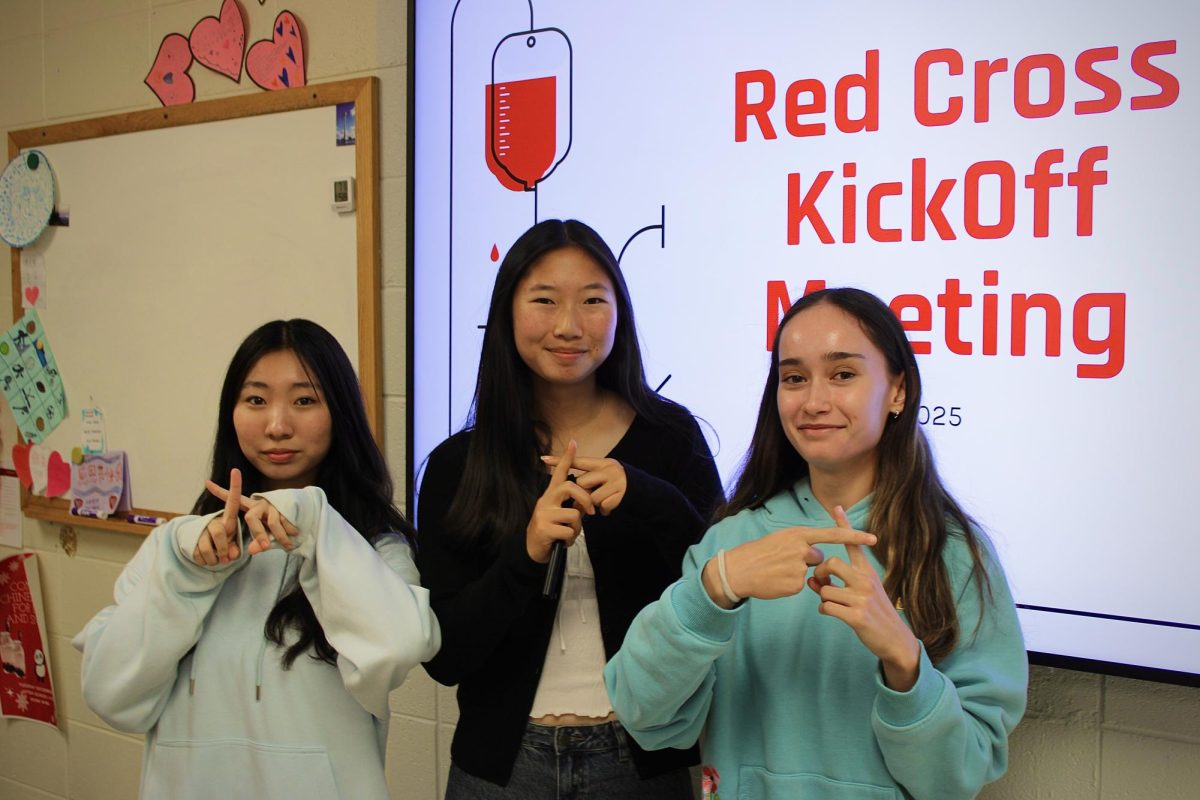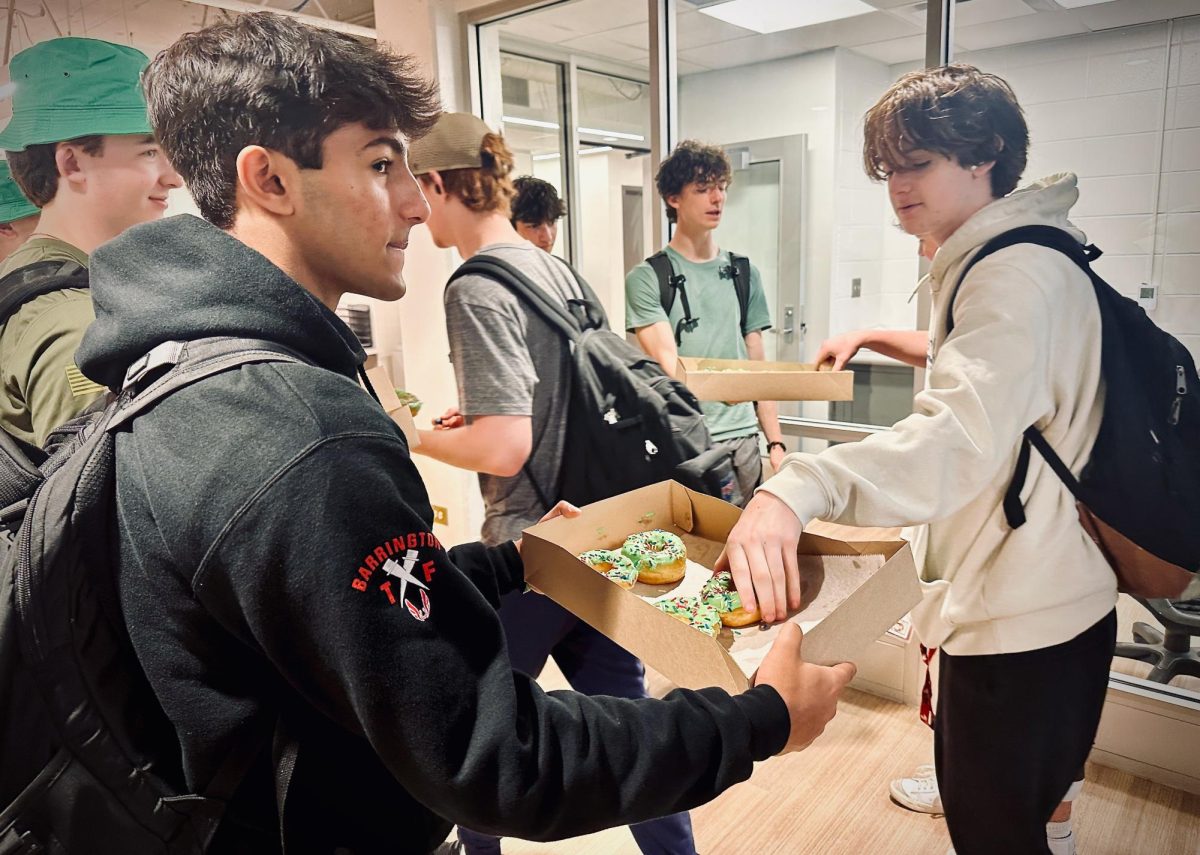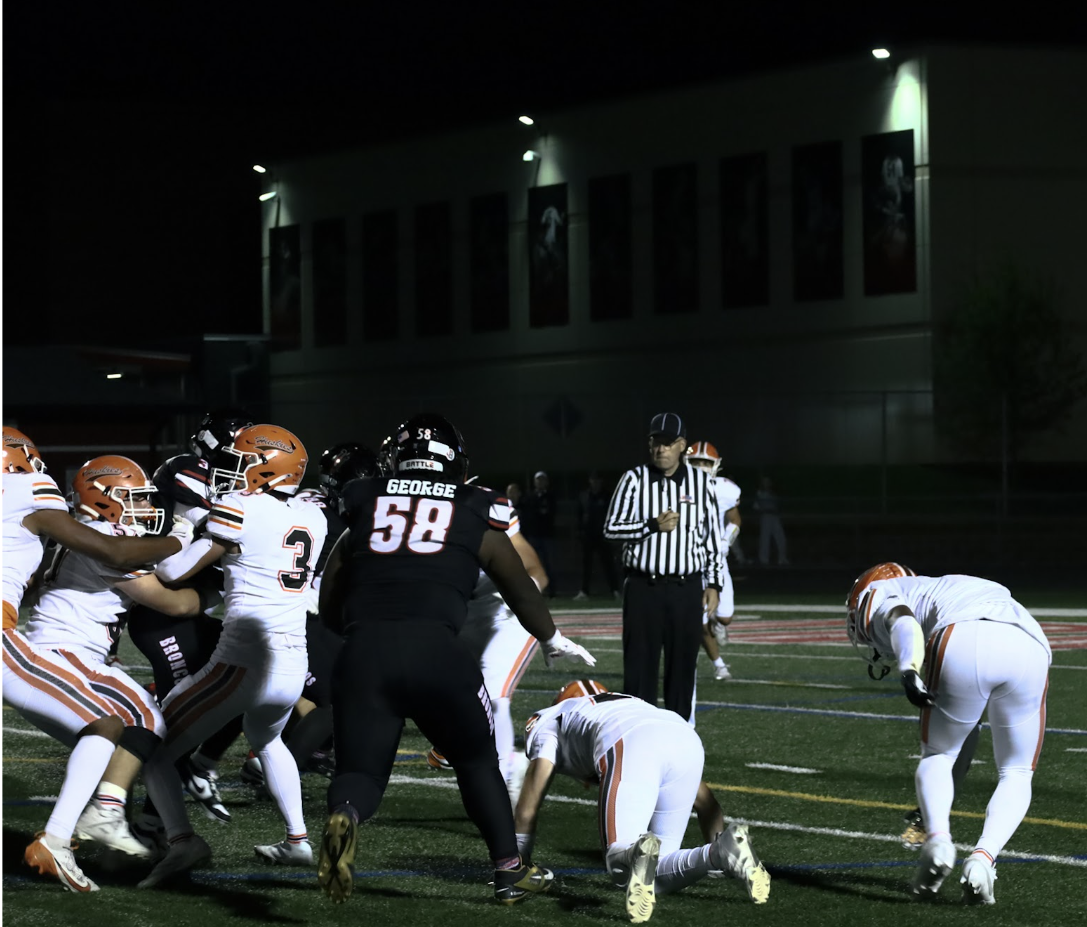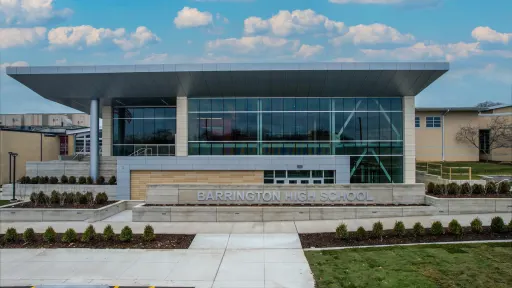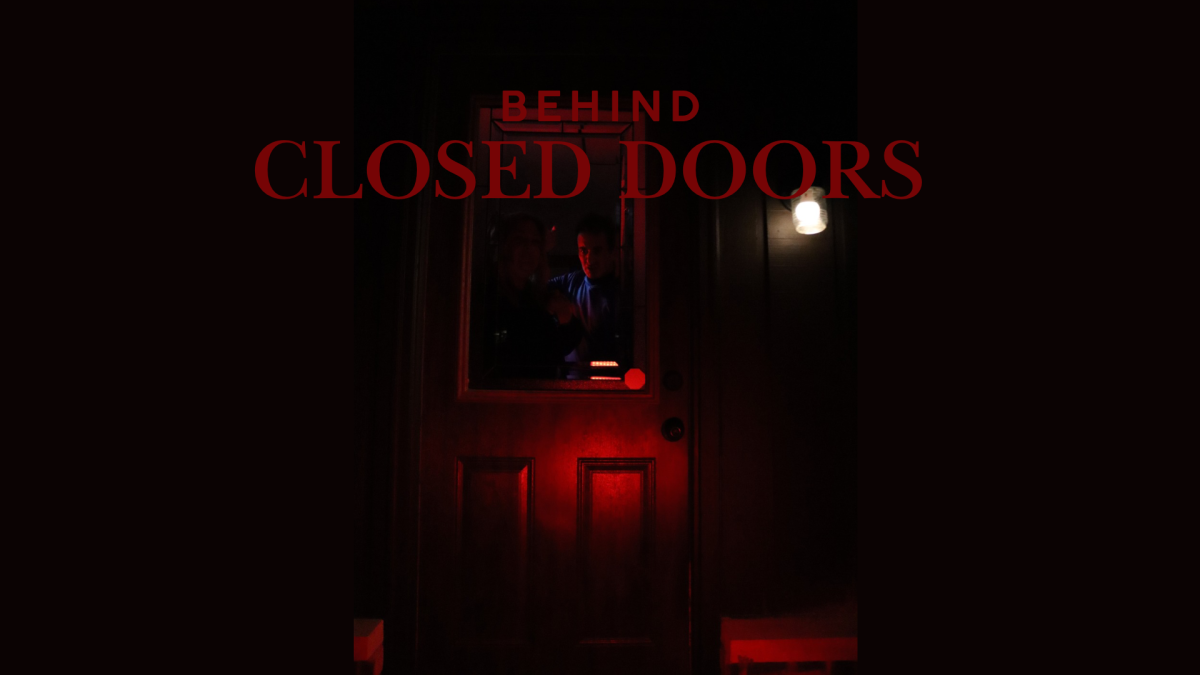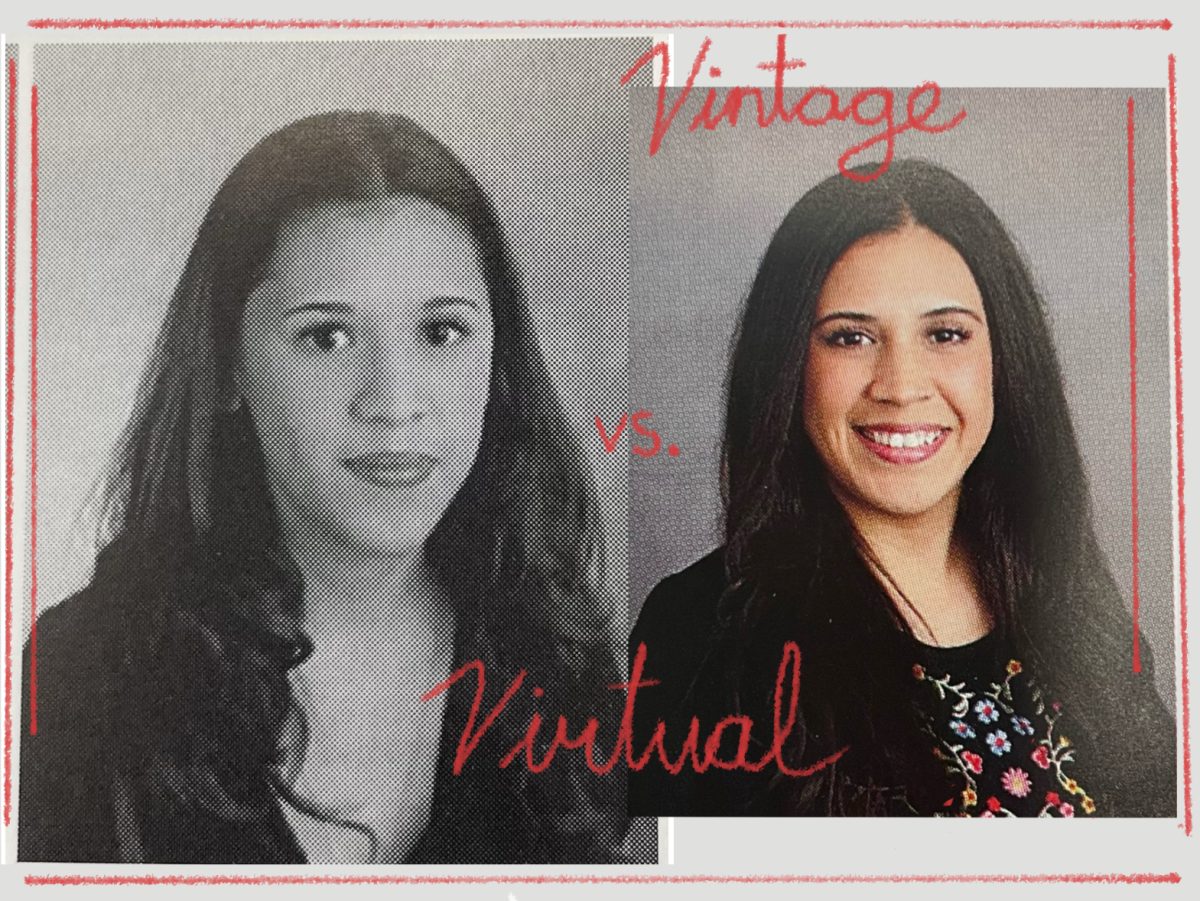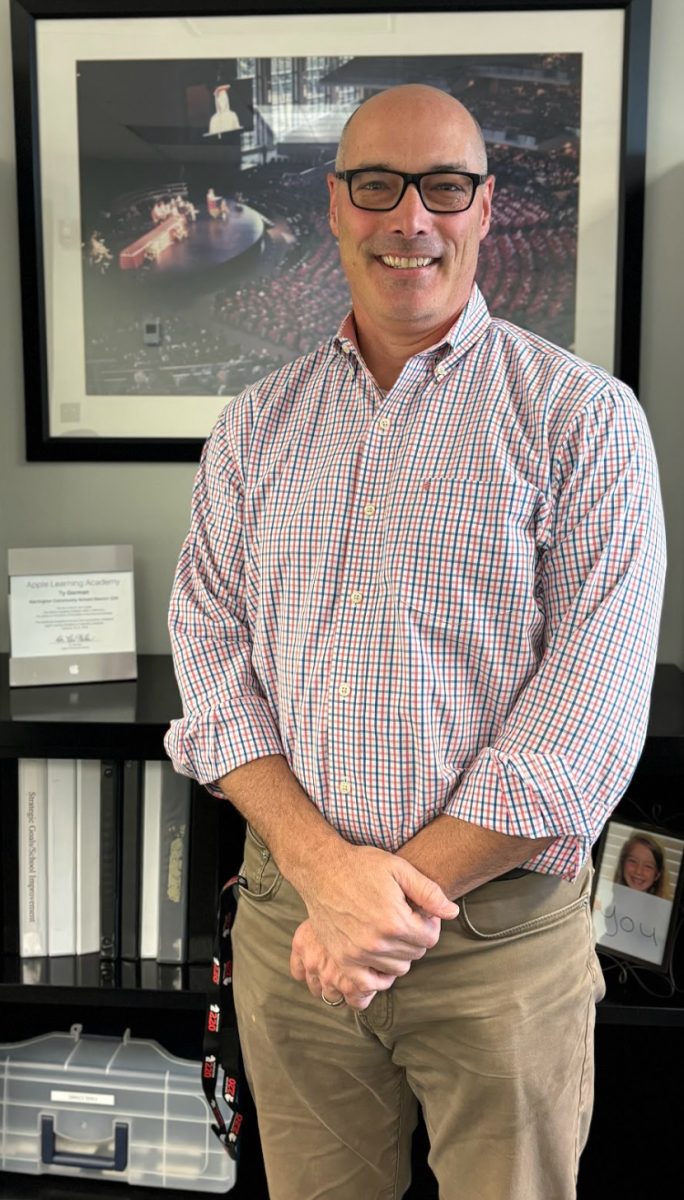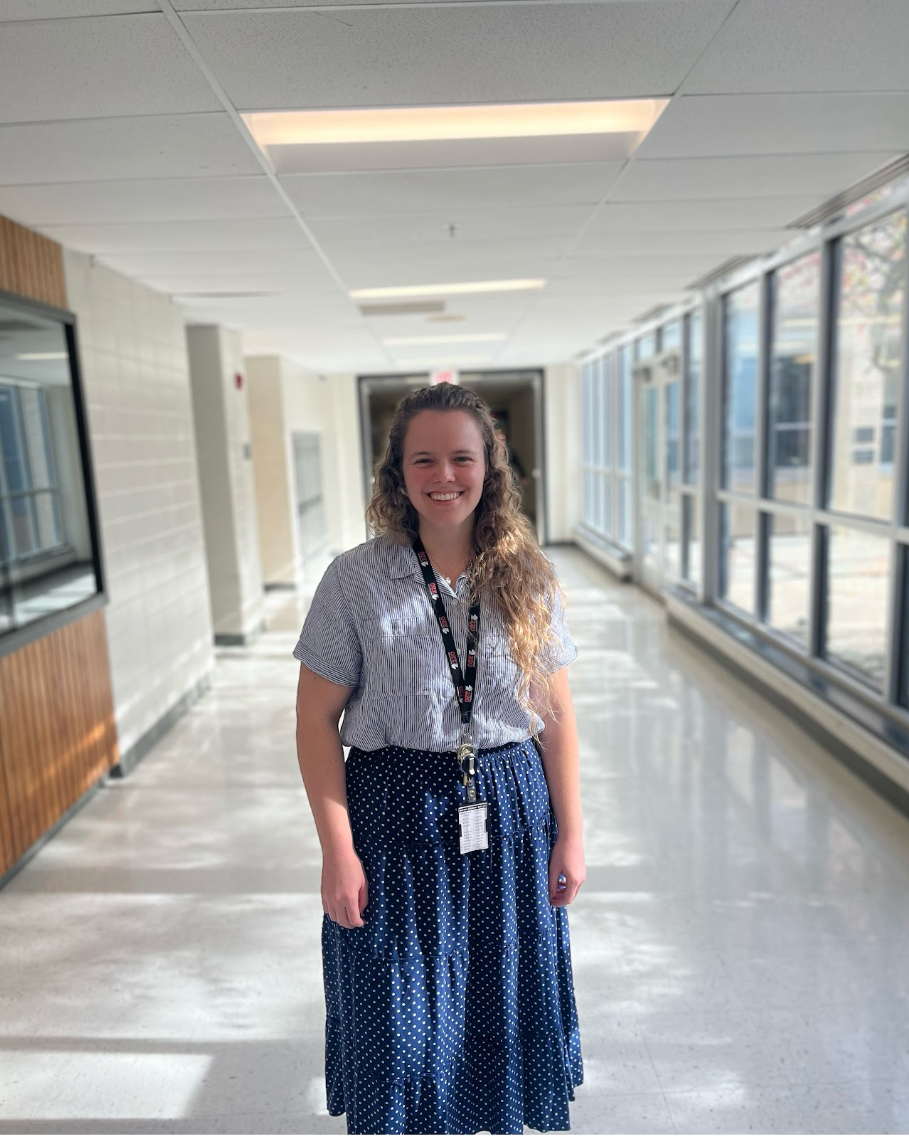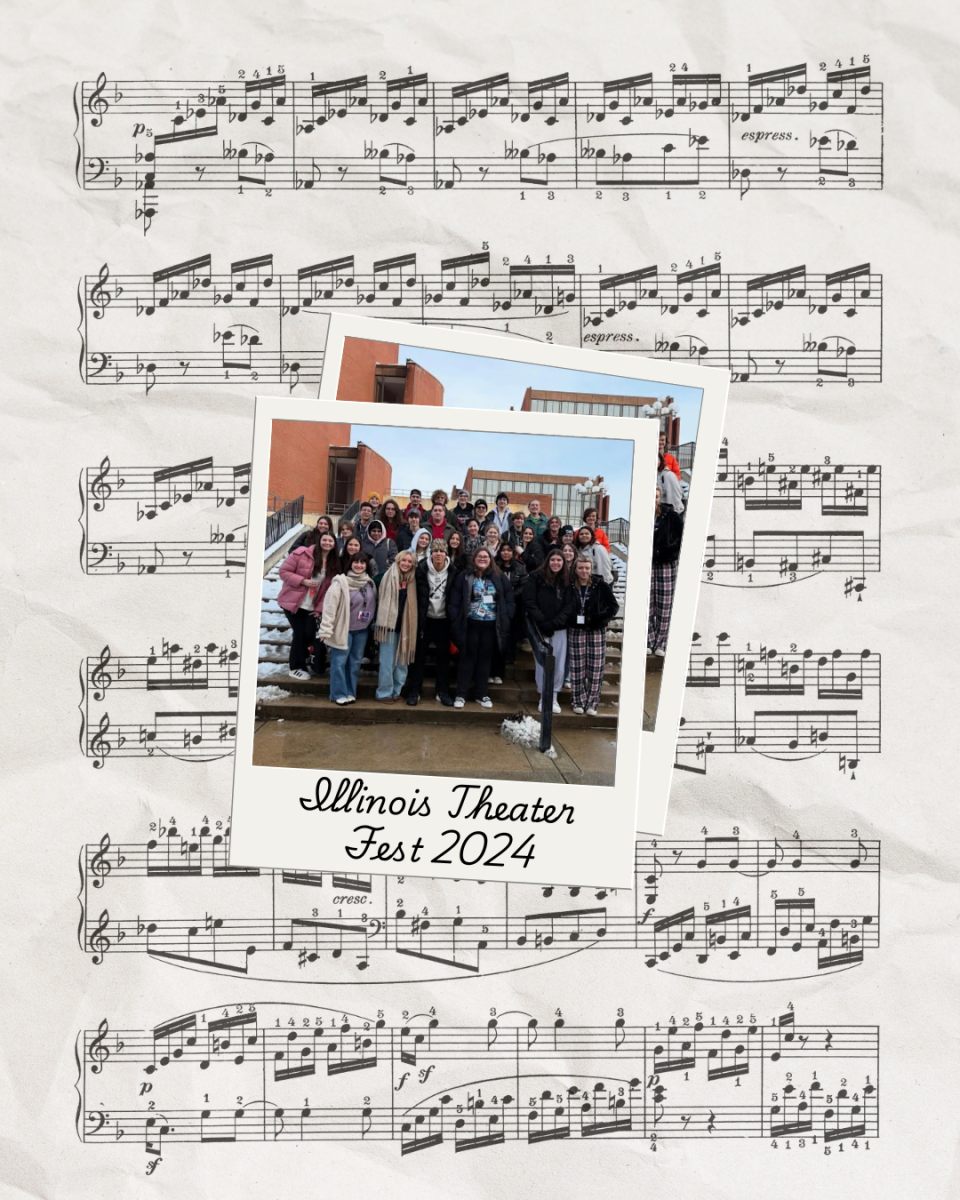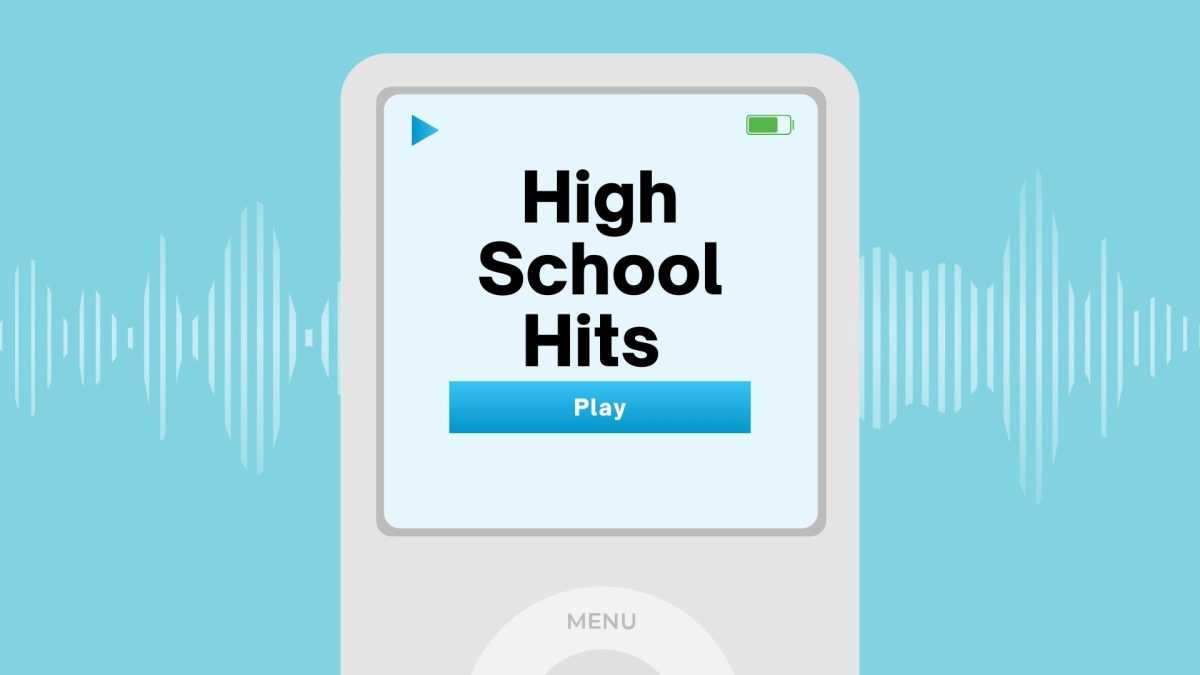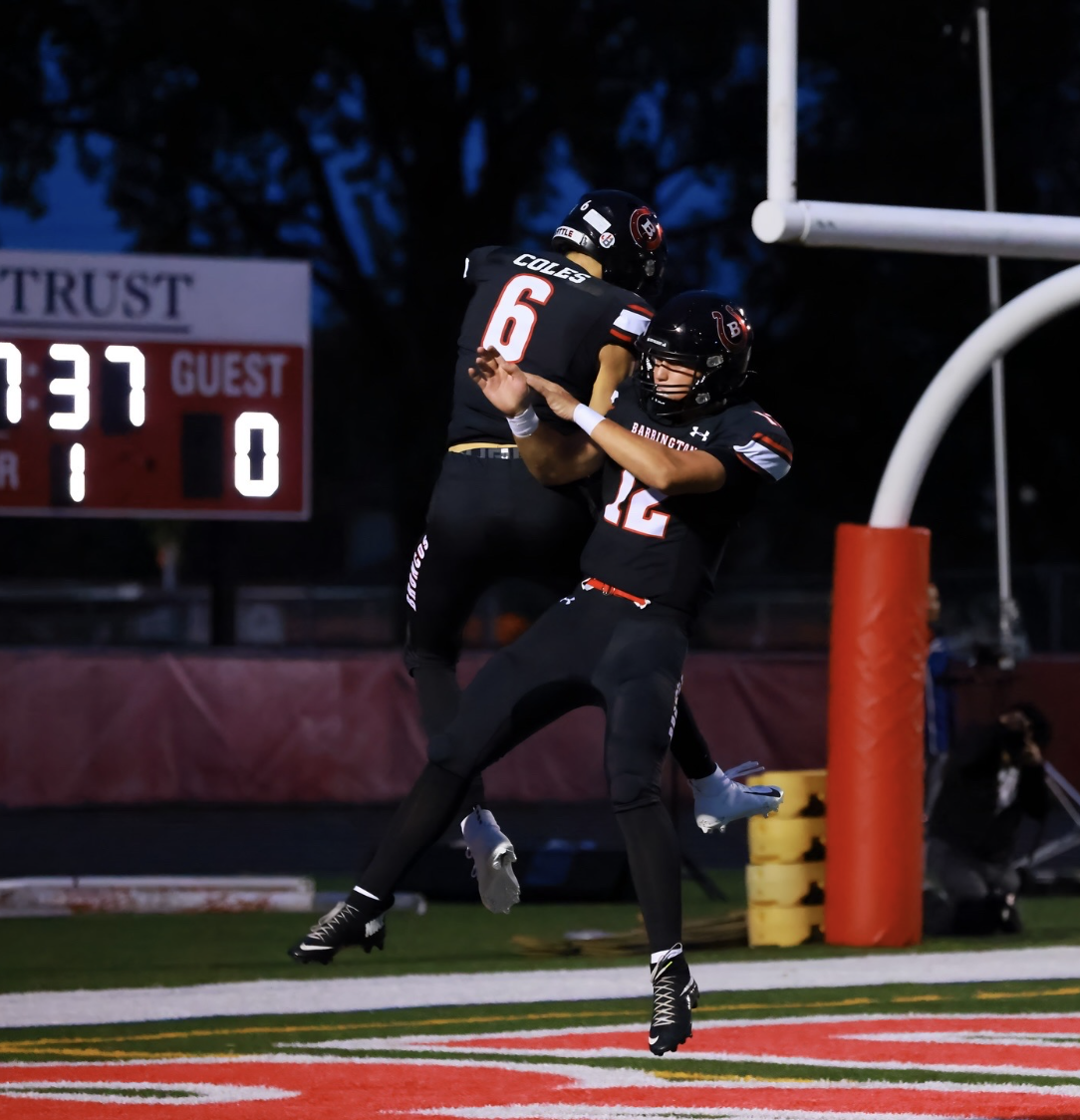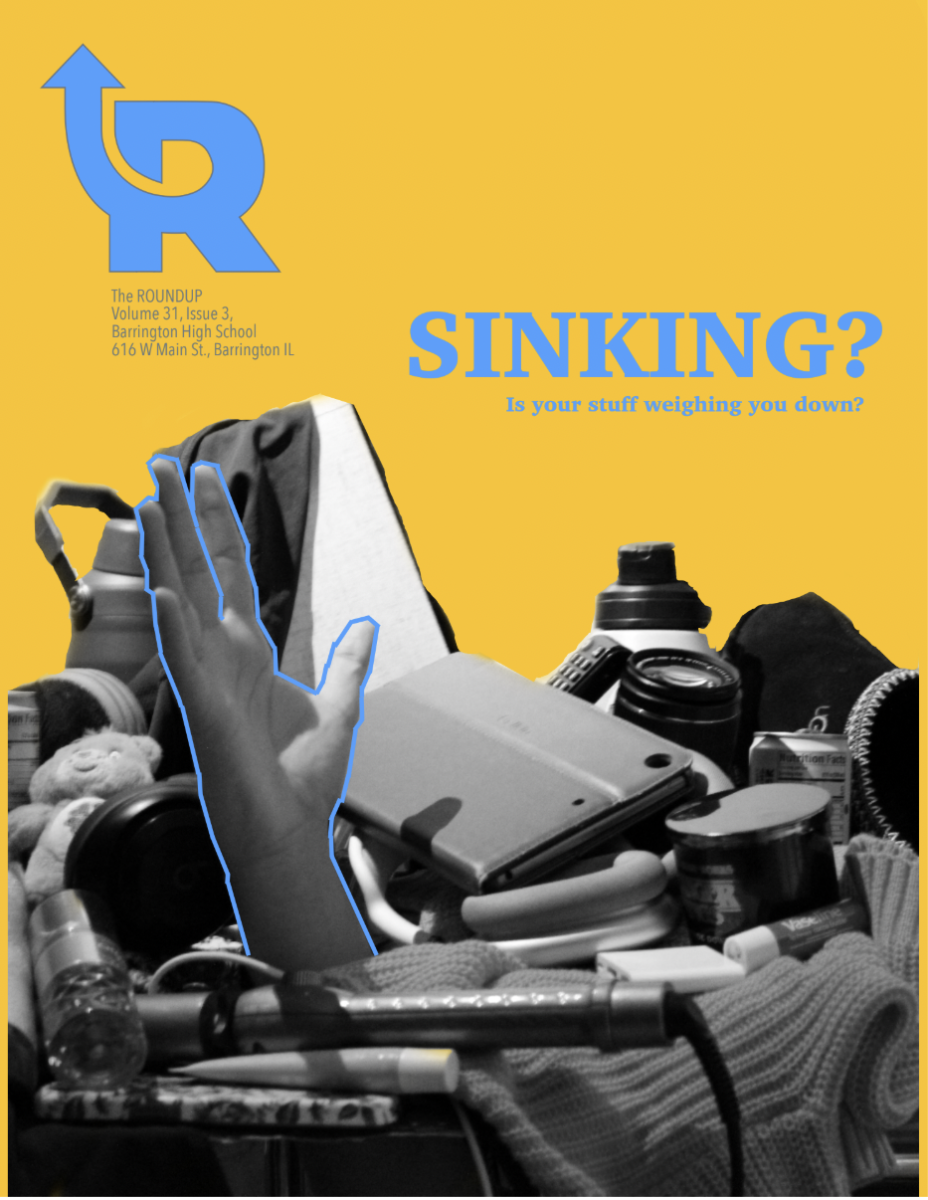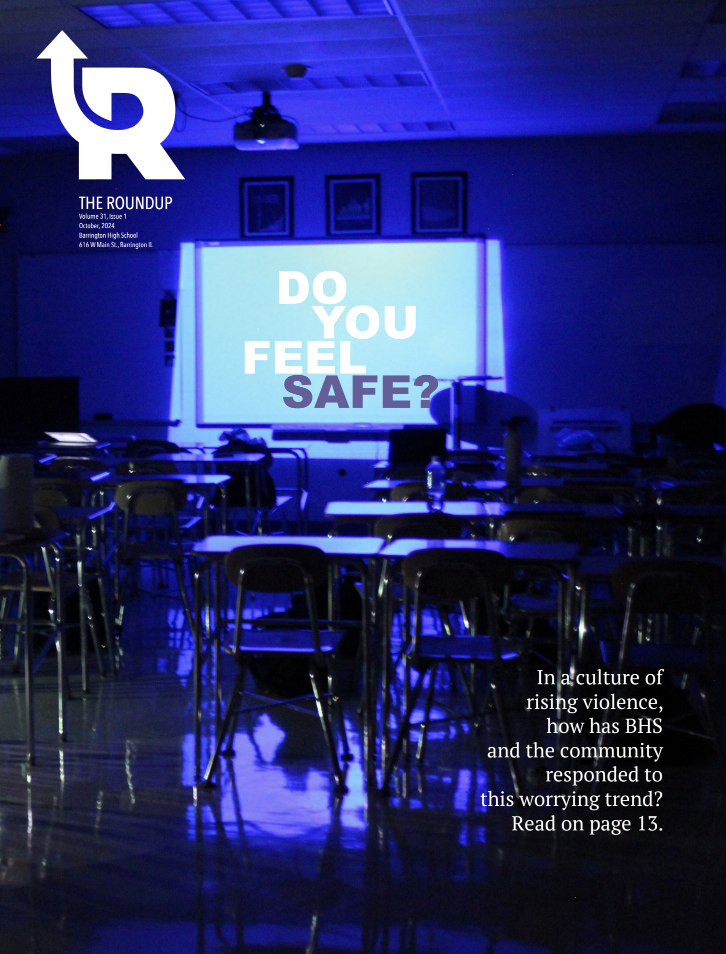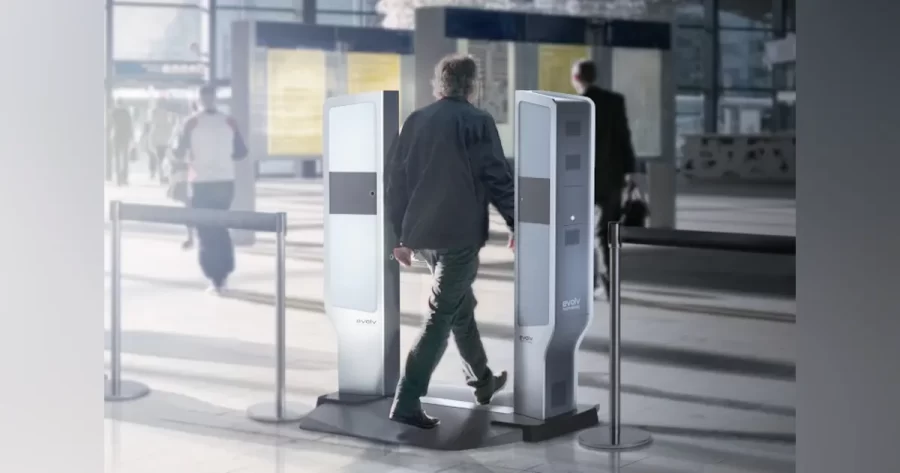New security system trialed at BHS
New security measures were trialed as potential precautions against weapons in the building from Dec. 14 to Dec. 16 on Door 45 and Door 34.
“The first thing I want to make sure [the community] knows is they’re not metal detectors,” said Director of Safety and Security Austin Johnson. “They’re a concealed weapon detection system. The purpose is to find weapons before they would even come into the building.”
District administrators began considering adopting a weapon detection system as a result of the increase in school violence across the country, as well as due to the student and community feedback.
“The community outreach to the district is ‘what else are you doing to keep our kids safe?” Johnson said.
Similar systems are used in public spaces across the U.S.
“You’ll see them at Disney, at aquariums,” Johnson said. “Maybe down at Wrigley Field.”
The detectors work by scanning the person as they walk through them.
“It’s a free flow-type system,” Johnson said. “You don’t have to stop, just one person at a time.”
When it comes to what will make the detectors go off, only large compressions of metal will show up in the system.
“Students were asking ‘is it going to get my earrings or my jewelry?’, and no, it’s not going to pick up. It’s not like the airport,” Johnson said. “The sensors would detect and show the area right where the mass is coming from. Something that might show up could be like a metal water bottle, or an iPad compressed against a Mac or a Chromebook.”
If the sensors detect something in a student’s bag or possessions, the procedures will be similar to when students don’t have their IDs.
“We would just ask to step off to the side and maybe take a quick look in their backpacks. Very non-intrusive, very quick” Johnson said.
As the detectors are trialed, it’ll give a good idea as to what items are often flagged by the system. At that point, administrators will be able to tell students of potential items that could cause them to go off falsely.
“Disney uses the same technology, and, as you walk into Disney, they usually have signs to give you a heads up about what’s going to happen and what kind of objects to watch out for,” said Associate Principal Dr. Heath McFaul. “A marketing campaign on our end would probably be something we do if we integrate the product to educate students and make our lives easier to come into the building and alleviate false readings.”
The outcomes of the trial days will determine whether or not the school adopts the technology.
“Timeline wise, I wouldn’t think until next school year, but I can’t say that for sure,” McFaul said.
Before any decisions are made, the school wants to ensure that the technology works, and that it doesn’t impair students’ school days.
“We want to make sure we can still efficiently get 2,800 students into the building in the morning and not have a lot of backup,” Johnson said.
If the trial days are successful, though, the integration of Evolv would provide a new layer of protection for students.
“I think students are always a little leery, and I’ve heard comments about how this is freaking them out,” Johnson said. “It’s really just another layer of support and security for students, and, if it really does anything, it should make them feel better that the school is that much safer.”
Your donation will support the student journalists at Barrington High School! Your contribution will allow us to produce our publication and cover our annual website hosting costs.

